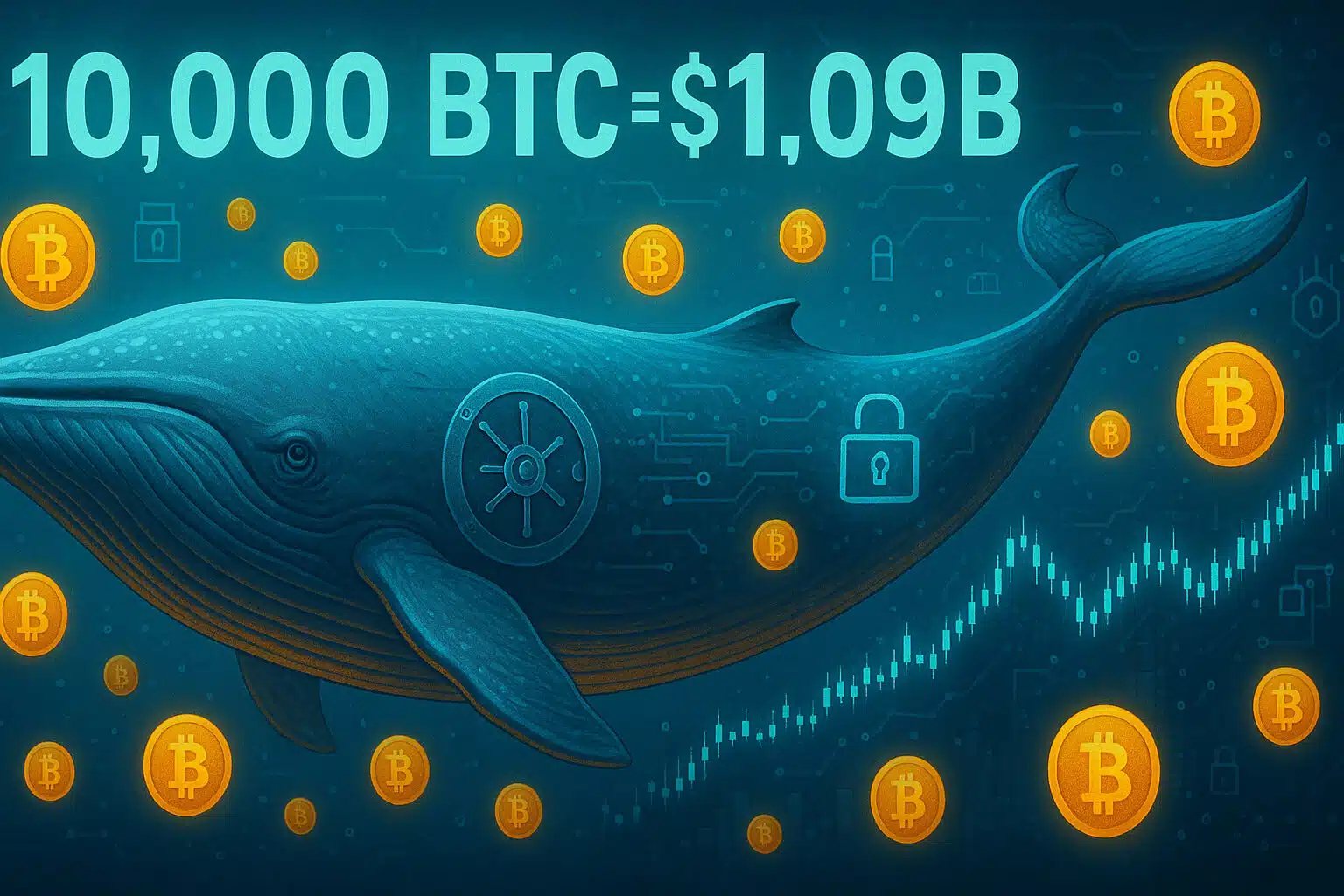What Are Stablecoins?
Cryptocurrency can be a wild ride, with prices swinging unpredictably. But stablecoins offer a bit of calm in the storm. So, what are stablecoins, and why are they important? In this article, we’ll explain what they are, how they work, the different types available, and why they matter so much in digital finance.
Stablecoins are a type of cryptocurrency designed to maintain a steady value. Unlike Bitcoin or Ethereum, which can see huge price changes, they tie their value to something more stable—like the US Dollar or even gold. This approach makes them a safer option for those who want to enjoy the benefits of crypto without the wild price swings.
How Do They Work?
These cryptocurrencies use different methods to stay stable. Here’s a quick breakdown:
- Fiat-Collateralized Coins: These are backed by real-world currencies like the US Dollar. For example, each unit of a USD-backed coin like Tether (USDT) has one actual US Dollar held in reserve. This backing keeps the coin’s value steady.
- Crypto-Collateralized Coins: These are backed by other cryptocurrencies. Because digital currencies can be volatile, they usually require over-collateralization. For instance, $150 worth of another cryptocurrency might back $100 worth of stablecoins.
- Algorithmic Coins: These don’t use any assets to back their value. Instead, they rely on computer algorithms to control their supply. The algorithm automatically adjusts the number of coins in circulation to keep the price stable.
Why Are They Important?
These digital assets bring a lot of benefits:
- Price Stability: They help users avoid the wild price swings common in other cryptocurrencies.
- Efficient Transactions: They enable quick and cheap transactions, making them great for everyday use and international payments.
- Accessibility: They give people in countries with unstable currencies access to more stable ones, often in digital form.
- Decentralized Finance (DeFi): They play a crucial role in DeFi, where users can lend, borrow, or trade without needing a bank.

The Role of Stablecoins in DeFi
Decentralized Finance, or DeFi, has been one of the most revolutionary developments in the crypto space. Stablecoins are at the heart of this ecosystem, providing a stable medium of exchange in a market characterized by high volatility. DeFi platforms like Aave and Compound rely heavily on stablecoins for lending and borrowing, offering users the ability to earn interest or obtain loans without the need for traditional banks.
Stablecoins also facilitate the smooth operation of decentralized exchanges (DEXs), where they are often used as a trading pair with more volatile cryptocurrencies. This allows traders to lock in profits or mitigate losses during market swings, making the entire trading process more efficient.
Challenges and Risks
While stablecoins offer numerous benefits, they are not without their challenges and risks:
- Centralization: Many fiat-collateralized stablecoins are managed by centralized entities, which goes against the decentralized ethos of cryptocurrency.
- Regulatory Scrutiny: Governments and regulatory bodies are increasingly focusing on stablecoins, particularly concerning their potential impact on the global financial system.
- Algorithmic Risks: The collapse of TerraUSD (UST) highlighted the vulnerabilities in algorithmic stablecoins, where a breakdown in the algorithm can lead to catastrophic loss of value.
- Reserve Transparency: There have been concerns about whether the reserves backing fiat-collateralized stablecoins are fully audited and transparent.
The Future of Stablecoins
So, what’s next for stablecoins? As the cryptocurrency space continues to evolve, stablecoins are likely to play an even more significant role. With increasing regulatory scrutiny, we can expect more robust frameworks to ensure transparency and stability. Additionally, the integration of stablecoins into traditional finance systems could bring about a new era of digital finance, where the benefits of blockchain technology are seamlessly merged with the stability of fiat currencies.
Moreover, innovations in decentralized stablecoins and enhanced smart contract algorithms could address some of the current risks, making stablecoins even more resilient and widely adopted.
FAQs
1. Are these assets a safe investment?
These digital assets are generally safer than other cryptocurrencies because they aim to keep a stable value. However, like any financial product, they come with their own risks.
2. Can these digital currencies be used for everyday purchases?
Yes, many merchants and services now accept them. Their stable value makes them a good option for everyday spending.
3. How do these digital currencies differ from traditional fiat currencies?
While they are tied to fiat currencies, they operate on blockchain technology. This allows for faster, cheaper, and more secure transactions.
Conclusion
Stablecoins represent a pivotal development in the cryptocurrency landscape, offering a bridge between the volatility of digital assets and the stability of traditional finance. Whether you’re a crypto enthusiast, a trader, or someone looking to understand the future of money, stablecoins are definitely worth keeping an eye on. As the technology matures and regulatory frameworks develop, stablecoins could very well become the cornerstone of a new financial era.
If you’re interested in learning more about the concepts behind Stablecoins, visit our Stablecoins section.
Stay Updated
For the latest updates on stablecoins and other cryptocurrency news, follow us on:
- Twitter: https://twitter.com/FreeCoins24
- Telegram: https://t.me/freecoins24
Stay informed with the latest strategies and insights in the world of cryptocurrency at FreeCoins24.io.
Special Offer
For an enhanced trading experience, consider Bybit. Sign up through our referral link to unlock exclusive rewards, including up to $30,000 in deposit bonuses, and elevate your trading journey.

















